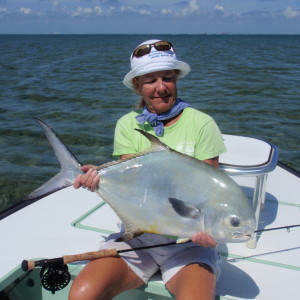Gulf stock needs an assessment
The Florida flounder fishery — comprised mostly of the Southern and gulf species — continues to occupy a niche market in 2018 that likely will continue for the foreseeable future.
That’s because recreational hook-and-line and gig fishermen harvest, on average, more than 72 percent of the flat, mottled brown fish that are landed on both coasts of the Sunshine State each year. While commercial giggers and spearfishermen are left with the remainder.
In 2017, rec fishermen landed 206,655 pounds, compared to 167,581 brought in by commercials. At the start of July, the commercial harvest stood at just over 18,300 pounds with an average dock price of $3.34 per pound.
The lion’s share of the commercial catch occurs in Big Bend region near Apalachicola off the west coast and the St. Augustine area on the east coast. On both coasts, it’s a year-round, mostly inshore fishery that peaks in November and December in northeast Florida and March through June in the Gulf.
“This hasn’t been a good spring,” said Jim Nations, manager of Water Street Seafood in Apalachicola, of the 3,825 pounds brought in to his location so far this year. “It’s just cyclical. Lower than I expected, but it’s a small niche fishery and not what it used to be.”
Last year, Water Street’s harvest was 7,937 pounds.
Nations pays $4 per pound for gutted fish 1 pound and up — the size favored by restaurant chefs. Fish 8 pounds and up are uncommon.
The situation is similar on the Atlantic Coast, according to John Polston, owner of King’s Seafood in Port Orange. King’s took in just over 6,600 pounds last year. He’s paying between $3 and $4 per pound.
The outlook for the commercial flounder fishery is uncertain, according to Shanae Allen, a stock assessment scientist with the Florida Fish and Wildlife Research Institute in St. Petersburg.
Allen said studies show there’s a mixing of the Southern flounder stock up the East Coast, with most of the harvest occurring off North Carolina. The latest stock there shows Southern flounder are being overfished. Florida made up a small component of the fishery.
Meanwhile, Allen said, a proper stock assessment for gulf flounder has not been conducted.







